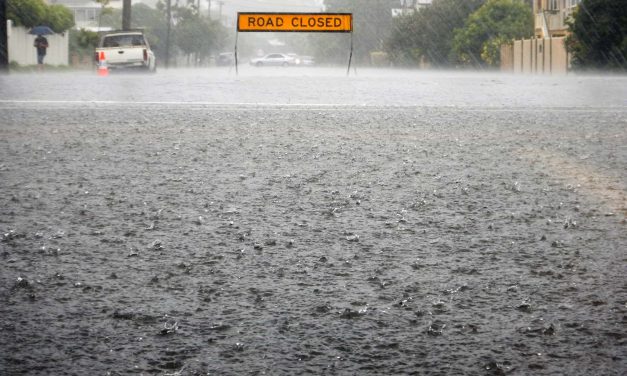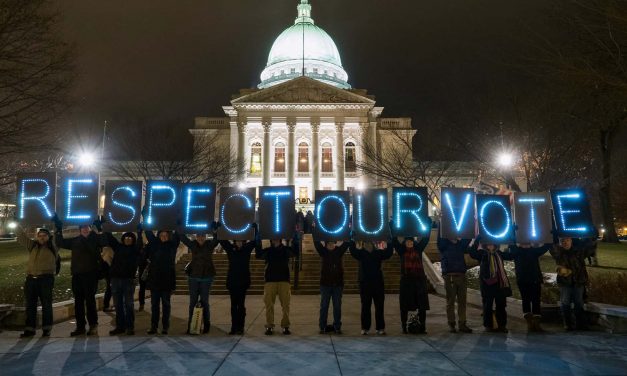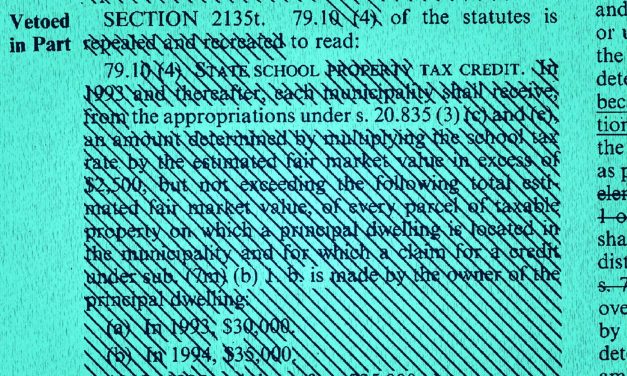Aging communities and fewer births are altering school enrollment in districts around Wisconsin
Students entering their senior year of high school in the fall of 2019 appear to be among the largest classes in Wisconsin for the foreseeable future. At a statewide level, there are generally fewer students in all preceding grades, a broad decline in enrollment that has continued since the turn of the century. While this trend is not universal across all grade levels, locations and racial groups, many public school districts across Wisconsin will see fewer students entering their doors. Historically, statewide public school enrollment peaked in 1971 with almost a million students, when much of the baby-boom generation...
Read More















